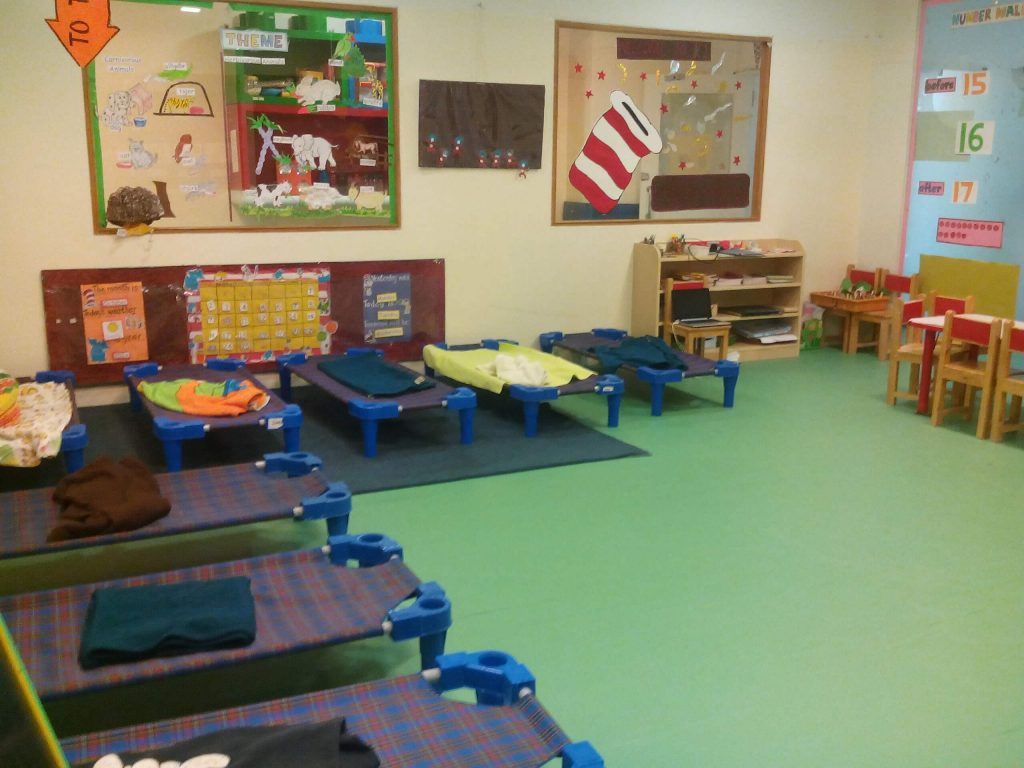So here are three delicious recipes, especially for dalmatians. Natural balance potato and duck 2.
If your dog has a strong preference for kibble over canned food, this addiction salmon bleu dry dog food could be a good option.

Low purine dog food pets at home. Low purine proteins combined with the production of alkaline urine help to reduce the risk of urate stones. It is important that dalmatians have protein maintenance levels in their diet. Nutriment’s low purine and phosphorus raw dog food formula is specifically designed to maintain overall canine health, paying specific attention to the pancreas, liver and kidneys.
The owner, however, must remember to feed more than he would feed commercial dog food. Responsible for helping to digest food and regulate blood sugar levels, dogs who suffer from pancreas related issues or concerns need veterinary assistance and a diet review. Royal canin urinary u/c's tailored complex of nutrients help to support the naturally protective barrier role of your dog's skin.
Vegetables are quite low in purine content and are a good option for your dog. Nutriment’s low purine range is the perfect choice of dog food for pancreatitis (the inflammation or swelling of the pancreas). Thanks to its synergistic complex of antioxidants, royal canin urinary u/c also helps to neutralise the harmful effects that free radicals can have on your dog's cells.
Try to maintain a low purine dog food for dalmatians. Mini cheese and capsicum frittatas. This means limiting acidic ingredients such as beef, pork, seafood, eggs and corn gluten.
Dogs fed rice and vegetables usually hold their weight quite well. Despite being naturally occurring substances, excessive. They're perfectly browned and crispy like grandma's baked cookies!
With lots of digestible superfoods added, they don’t use any cheap fillers or second rate meat cuts in their production. Nutriment’s low purine and phosphorus raw dog food formula is specifically designed to maintain overall canine health, paying specific attention to the pancreas, liver and kidneys. Mini frittata is ideal for dogs with hyperuricemia.
Adult dalmatian diet (restricted protein, low purine) 300g raw white fish/chicken 100g egg/ cottage cheese/ tofu 300g soaked rolled oats 120g grated vegetables 20ml omega blend oil (1 tablespoon) 20ml olive oil (1 tablespoon) ½ dose of adult strength multi vitamin or 5g health booster per 250g of food Making use of natural foods has been shown to escalate the endurance and the healthiness of our pets. Foods high in purines include crustaceans and most meats, especially internal organs.
The diet causes the dog's urine to become more alkaline, which reduces the likelihood of stone formation. Here are some of the best home cooked dog food recipes when it comes to low protein diet for dogs. Moderate quantities of high quality proteins and controlled methionine and cysteine levels.
Dairy products, eggs, and most vegetables and fruits are low purine diet for dogs. Seafood like oysters, mackerels, salmons, sardines, clams and herrings are some examples of purine rich food. Most of the time this method only requires cooking twice a week.
Nutriment’s low purine and phosphorus raw dog food formula is specifically designed to maintain overall canine health, paying specific attention to the pancreas, liver and kidneys. Anchovies, pork meat, sweetbreads should be avoided if your dog is on a low purine food diet. I float every meal in warm water too.
Low protein dog food pets at home. When flint river ranch went out of business we refused to let pets down! Nutriment low purine & phosphorus formula raw dog food.
Royal canin urinary low purine dry dog food. Dairy products, eggs, most vegetables and fruits are low in purines; If your dog weighs 5 pounds, feed him half a cup.
Put him immediatly on a low purine barf diet and added lots of water. There are numerous low protein dog food recipes that you can try at home. Anchovies, pork meat, sweetbreads should be avoided if your dog is on a low purine food diet.
These are the kibble i have found so far that may work (what works depends on your individual dog) as well as what you posted: Nature’s logic’s dry dog food recipes make use of the grain millet. We want the best food for kitty, bubba, and bailey, and for your pets.
The royal canin urinary uc low purine dog food lists brewers rice, corn, wheat, egg, chicken fat and corn gluten meal as its primary ingredients. Despite being naturally occurring substances, excessive. So far he's been great and his urine is crystal free.
Royal canin urinary low purine is formulated to help prevent urate, cystine and xanthine urolithiasis. Your vet may prescribe a low purine veterinary diet or recommend a commercial diet for your dog. Hills low purine dog food in cooking food homemade pet food, we should only utilize organic meals.
The good thing is that most dogs actually love rice and vegetables, when herbs and spices and oils are added during cooking. Mini cheese and capsicum frittatas mini frittatas are a great treat for dogs with hyperuricosuria. By doing so, we are preserving the health methods of our domestic pets which could as well lengthen their life.
Slowly baked kibbles are more nutritious, easier to digest, and not hard like extruded foods.

New Coupons for Purina Dog Food Save up to 10 at

Blue Buffalo Basics Limited Ingredient Diet Natural Puppy

New Coupons for Purina Dog Food Save up to 10 at

Carrot, Peanut Butter, and Oats Dog Treats recipe your

Purina Beyond Small dog food, White Meat Chicken, Barley

Everything About Raw DogsFirstIreland Raw Dog Food in

Ivy Bronx Yahya Contemporary Cotton Throw Pillow & Reviews

Carrot, Peanut Butter, and Oats Dog Treats recipe your

Pin by Renee Mueller on dogs Boston terrier, Animals

Square Feathers Dalmatian Fur Pillow in 2021 Fur pillow

A precise balance of nutrition in Purina ONE contributes

Charlotte likes her Purina Beyond dog treats. free samp

Carrot & Peanut Butter Flavored Dog Treats Eat. Love







